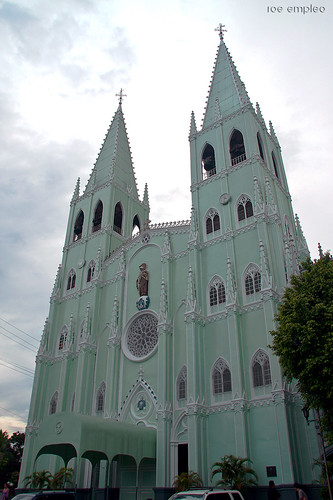Manila Cathedral:

Quiapo Church:
San Sebastian Church:

Iglesia Ni Cristo Church:

The houses of worship among the Igiesia Ni Cristo (INC) are called kapilya regardless of size. This is in memory of the humble beginnings of the church and its equally humble prototypoc buildings or beginnings of the church and its equally hummble prototypic buildings or sambahan. The only one that is called templo is the one at the central office in Quezon City, alltough the San Fernado Kapilya is popularly known as Templo Central Luzon. The INC interiors are well lit and airy due to the many windows of plain glass and high ceilings. Towers and spires, decorated with openwork tracery are many. Walls featured elongated mullions with flat arches, web-like tracery, or fret in precast. The decorations are non-figurative. For Felix Manalo the Gothic style seemed ecclesiastical.
No comments:
Post a Comment